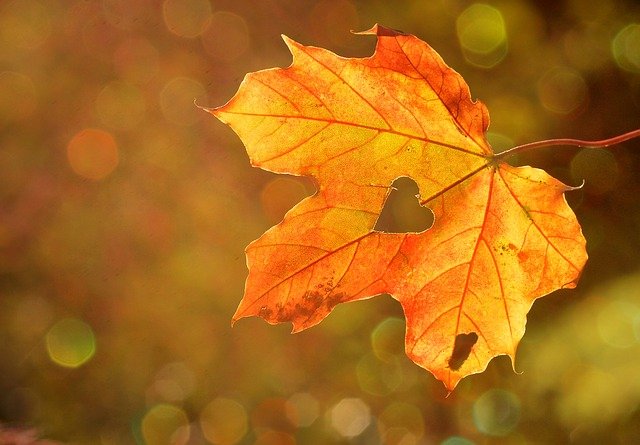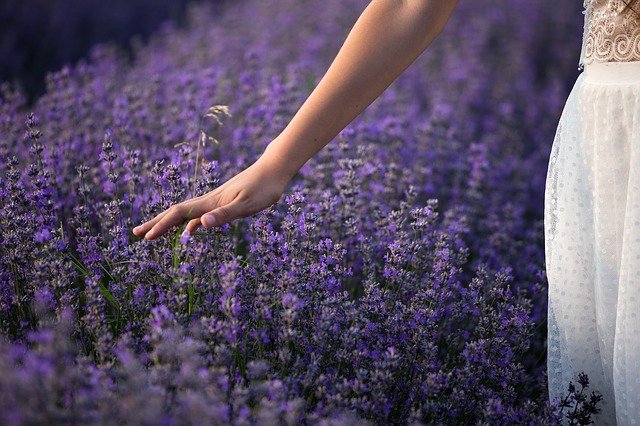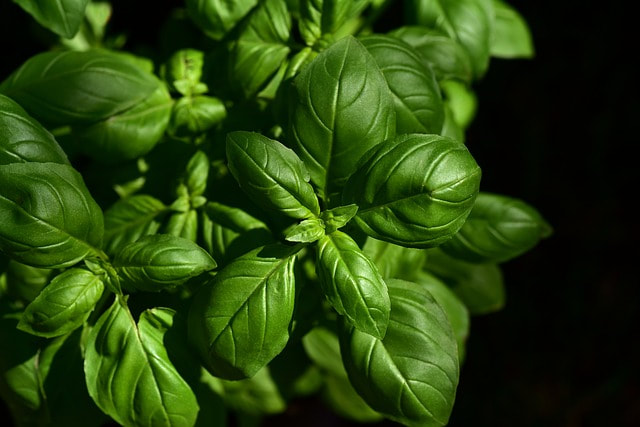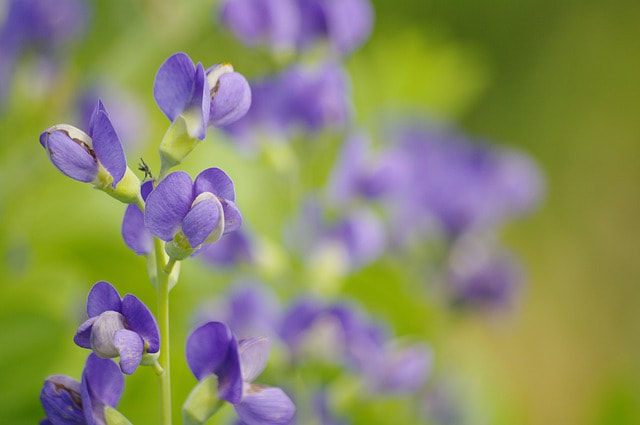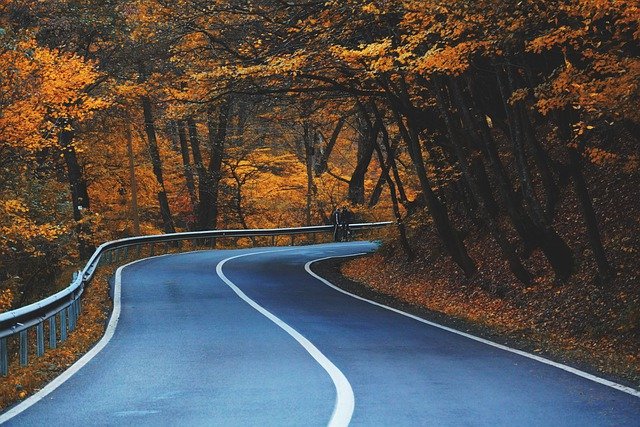Don’t hurt your back and spend a lot of needless effort bagging leaves. There’s a better way - and you might even be able to avoid raking altogether. (If you simply leave everything as it is, you risk suffocating your lawn by leaving it under a layer of leaves).
Try mulching - it’s good for your landscape, good for the environment, and easier on you.
When the leaves have fallen and are dry - don’t mow wet leaves - try mowing your lawn without the grass catcher. If you’ve got a mulch setting on your mower, make sure you’ve got it set to mulch.
If you’ve got a lot of leaves and don’t have a mulch setting, it might take an extra pass or two with the mower to break up all of the leaves. The smaller the pieces, the more quickly they will decompose. Those biodegradable fragments return nutrients to your landscape, supporting root growth, micro-organisms, and worms.
Mulched leaves and grass clippings also help regulate the soil temperature when it gets cold, retain moisture in soil on dry days, and can reduce weed propagation next year.
Got piles of fallen leaves in your flowerbeds? You might need to use a rake or blower to move those leaves onto your lawn before you mulch or mow. If you end up with too much mulched material in piles on the lawn, put it right back onto those flowerbeds, in garden areas or around trees and shrubs.
Mulching is a great way to reduce, reuse and recycle at one time, and with less effort than bagging leaves and importantly, saving the landfills of plastic bags filled with leaves.
Article credit: ALCC
